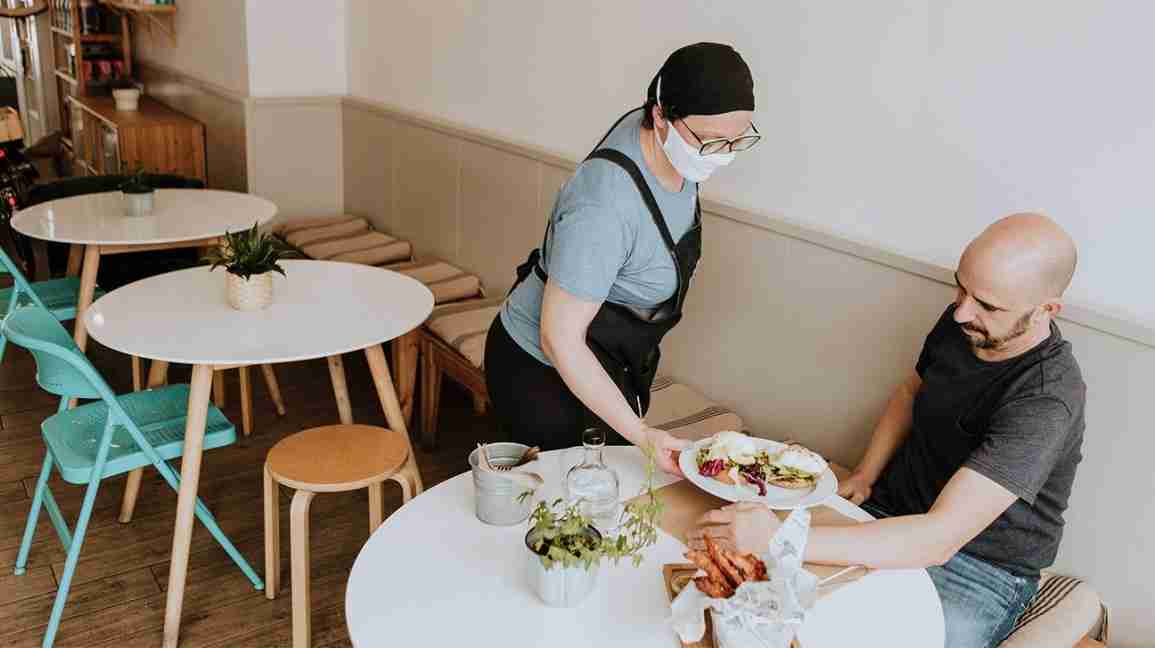
- A new study indicates that even asymptomatic patients can spread the virus around the room they’re in.
- The rooms of COVID-19 patients with symptoms ranging from none to mild were found to be “extensively contaminated.”
- This contamination may potentially put healthcare workers at risk.
- The researchers say careful cleaning is important to reduce this risk.
- They suggest that dedicated hospital units for COVID-19 patients would be preferable to isolating at home.
All data and statistics are based on publicly available data at the time of publication. Some information may be out of date.
A new study has revealed that even asymptomatic COVID-19 patients can contaminate their surroundings, potentially spreading the disease to healthcare workers.
While it has previously been known that certain objects, like clothing and furniture, are likely to transmit the virus, it hasn’t been well-studied whether people with COVID-19 can contaminate their rooms.
According to Zhiyong Zong, MBBS, PhD, from the department of infection control, West China Hospital in Sichuan University, Chengdu, China, the fact that a patient is in a negative pressure room can sometimes bring a false sense of security.
Negative pressure rooms are designed to help prevent a disease-causing organism from escaping the patient’s room.
However, the results from his team’s study point out that carefully cleaning these areas is also important in protecting hospital staff.
Zong and his team took samples from the patients’ surroundings, as well as the air, in six negative pressure rooms.
These rooms were occupied by 13 COVID-19 patients, including 2 asymptomatic ones.
The researchers sampled a wide variety of surfaces in the patients’ rooms, including their bed rails and bedding, sinks and toilets, bedside tables, light switches, door handles, toilet foot pedals, floors, equipment belts, and air exhaust outlets. The room air was also tested.
Samples were tested by real-time reverse transcription-polymerase chain reaction (RT-PCR). This testing method can detect the presence of genetic material associated with the virus.
Of the 112 surface samples taken, 44 (39.3 percent) were found to be positive for the SARS-CoV-2 virus.
In addition, the rooms of the patients with symptoms ranging from none to mild were “extensively contaminated,” according to Zong and his team.
In the room of one patient in particular who was asymptomatic, positive samples were found in four locations, including the patient’s bed rail, bedsheets, and pillow, and the room’s air exhaust outlet.
The virus wasn’t detected in any of the air samples, however.
Brian Labus, PhD, MPH, an assistant professor in the School of Public Health at the University of Nevada, Las Vegas, said that we currently know that asymptomatic and presymptomatic people can spread the virus.
Asymptomatic people test positive for the virus without ever showing any symptoms.
Presymptomatic people will eventually develop symptoms, but aren’t showing them yet.
Labus noted that up to half of people who contract the virus may be asymptomatic carriers of the disease.
However, we still don’t have a good understanding of how infectious people are if they’re not showing symptoms, he said.
This makes mask mandates an important part of preventing its spread, in his opinion.
“If everyone is wearing a mask, that decreases the chance that an asymptomatic person can spread it to someone else,” said Labus.
Dr. David Cennimo, assistant professor of medicine-pediatrics at the Rutgers New Jersey Medical School, said this new study “provides further evidence of risk for infection from people who may not appear sick.”
However, he pointed out that we still don’t know whether the virus detected in the samples is actually capable of transmitting to another person.
“PCR is very sensitive and can detect even non-viable viruses,” he explained.
Cennimo concluded by saying that he feels this study “underscores the continued need for masks and hand hygiene. In the hospital setting, it shows why we do special deep cleaning for COVID patients’ rooms.”
Neither Labus nor Cennimo were involved in conducting the study.
According to the researchers, their study highlights the fact that isolating people at home when they’re asymptomatic may put friends and family at added risk. They feel that isolating these people in a dedicated hospital facility would be a better option.
In addition, they suggest that environmental cleaning should be emphasized in hospital settings.
Zong said wiping with paper tissues and water can effectively remove pathogens, even if it can’t kill them.
He also said that, for COVID-19 patients, proper disinfection is needed to minimize the risk to other people.
However, given that asymptomatic people are often asked to isolate at home, the U.S. Centers for Disease Control and Prevention (CDC) recommends the following practices to protect the people around you:
- Stay home unless you’re seeking medical care.
- Physically separate yourself from other people.
- Monitor your symptoms and seek medical assistance if you’re experiencing breathing difficulties.
- Call ahead before visiting a doctor.
- Wear a face covering if you must be around other people.
- Cover your coughs and sneezes.
- Wash your hands frequently and use hand sanitizer when this isn’t possible.
- Avoid sharing personal items.
- Clean “high-touch” surfaces daily.
More detailed guidance is available through the
